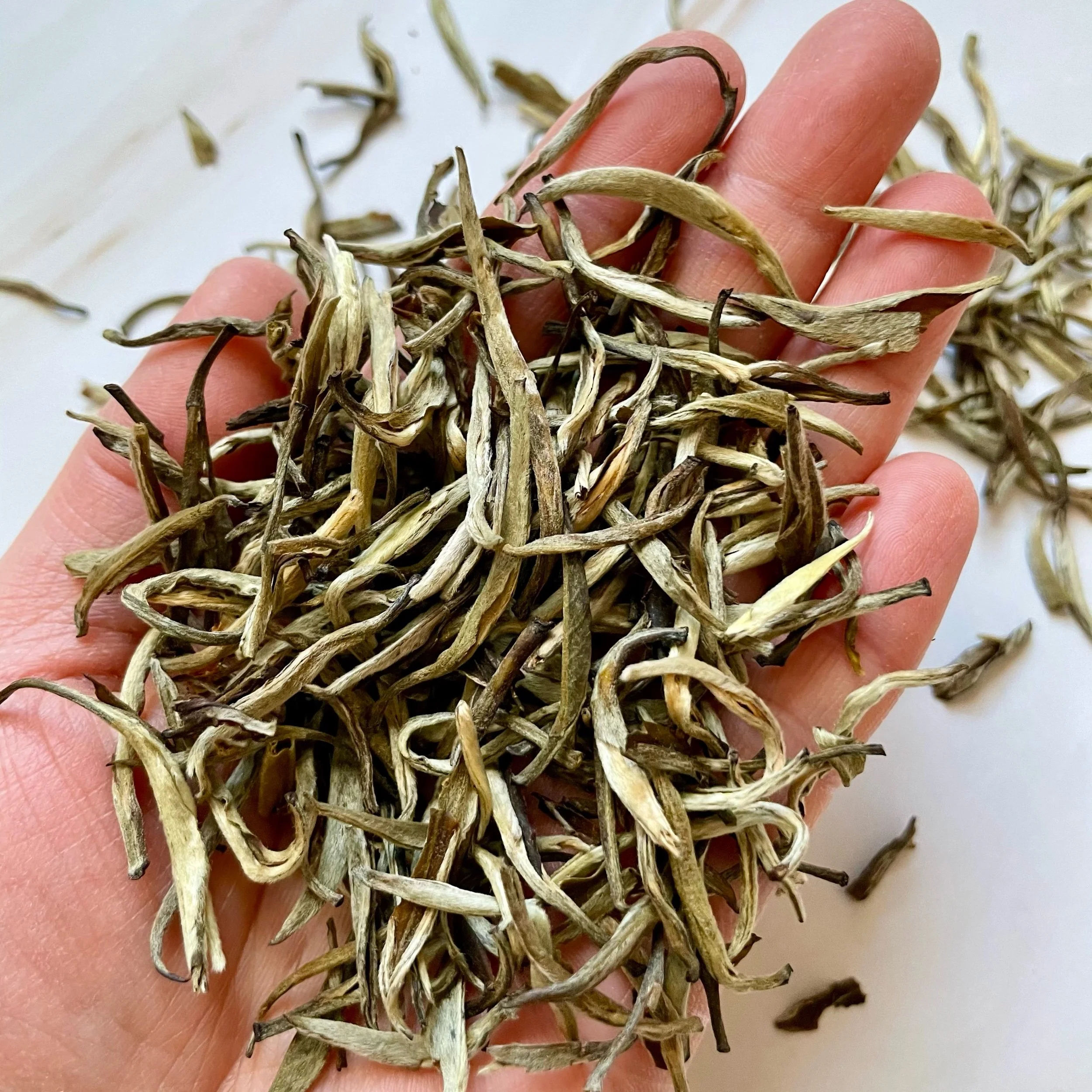Spring has finally sprung! As weather is warming up, its that time of the year when we consume a lot of tea to rehydrate. People often ask us what are the benefits of drinking tea? And green tea in particular. So in today’s blog, we will explore the anti-aging effects of green tea in depth.
First of all, for various reasons and precautions, we have to put out the following disclaimer:
Medical Disclaimer: The health advice provided is intended solely for informational purposes and should not be considered as a substitute for professional medical advice, diagnosis, or treatment. Always seek the advice of a qualified healthcare provider with any questions you may have regarding a medical condition. Never disregard professional medical advice or delay seeking medical treatment because of something you have read or heard in this advice. The information provided is not intended to diagnose, treat, cure, or prevent any disease.
Okay, now back to our discussion, green tea is rich in antioxidants, which are compounds that protect the body from free radicals, molecules that can damage cells and contribute to aging. One of the most powerful antioxidants in green tea is epigallocatechin-3-gallate (EGCG). This compound has been shown to have anti-aging effects by reducing inflammation, protecting against oxidative stress, and preventing damage to DNA.
Inflammation is a natural response to injury or infection, but chronic inflammation can contribute to aging and age-related diseases. Green tea has been shown to reduce inflammation by blocking the production of inflammatory molecules in the body. This can help prevent or slow down the development of age-related diseases such as arthritis, diabetes, and heart disease.
Oxidative stress is another factor that contributes to aging. It occurs when there is an imbalance between free radicals and antioxidants in the body, which can lead to cellular damage. Green tea can help prevent oxidative stress by providing the body with antioxidants that neutralize free radicals. This can protect cells from damage and slow down the aging process.
Another way that green tea can help prevent aging is by protecting against damage to DNA. DNA damage can lead to mutations that increase the risk of cancer and other diseases. Green tea has been shown to protect against DNA damage by increasing the activity of enzymes that repair DNA.
In addition to its anti-aging effects, green tea has other health benefits. It can help with weight loss by increasing metabolism and reducing appetite. It can also lower the risk of cardiovascular disease by reducing cholesterol levels and improving blood flow.
There are many ways to consume green tea, including as a drink, in supplements, or as an ingredient in skincare products. Drinking green tea regularly can provide the most benefits, but topical application of green tea extract has also been shown to have anti-aging effects on the skin. Green tea extract can help reduce wrinkles, improve skin elasticity, and protect against sun damage.
In conclusion, green tea has numerous anti-aging effects due to its high levels of antioxidants, particularly EGCG. It can reduce inflammation, protect against oxidative stress, and prevent damage to DNA. These effects can help prevent or slow down the development of age-related diseases and contribute to overall health and wellness. Consuming green tea regularly and using it as an ingredient in skincare products can provide maximum benefits.

























